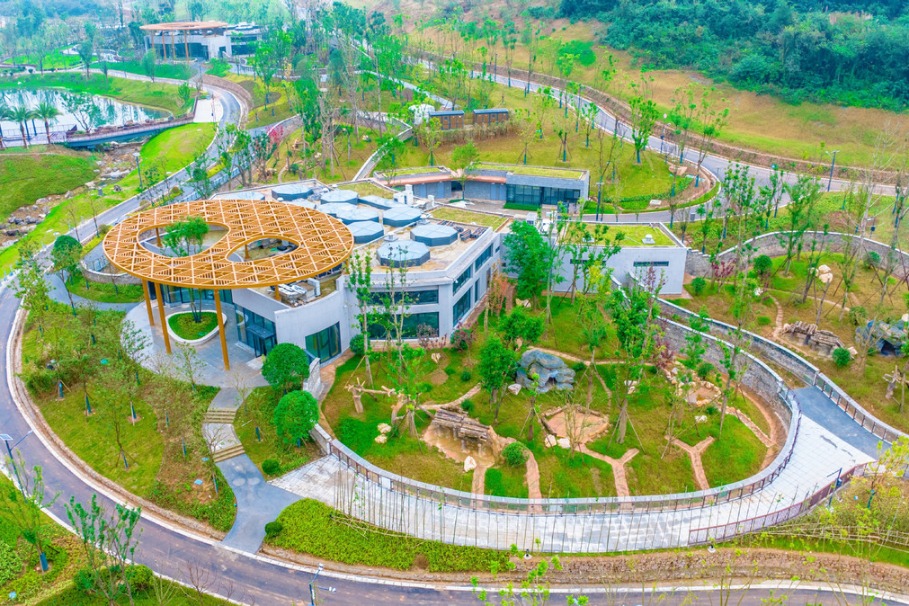Tibet designates grain growing areas to ensure output

LHASA -- Tibet autonomous region in Southwest China has designated highland barley and wheat plantation areas to improve farming efficiency and ensure grain output.
According to the regional agriculture and animal husbandry department, a total of 27,667 ha. in Lhasa, Xigaze and Shannan will start integrated farming from April.
Jin Wencheng, deputy director of the department, said the plateau region lacks arable land. By designating the grain functional areas, the region can limit the use of good arable land only for growing staple grain, especially highland barley.
With an average elevation of 4,000 meters above the sea, the region depends on highland barley and yak as staple foods.
A total of 240,000 ha. arable land is expected to be included in grain plantation areas in the next three years.
The department will use satellite remote sensing technology to digitalize the information of the plantations so as to provide precision management of grain production, according to Donkyil, deputy director of the department.
Tibet achieved a grain output of 1 million tonnes last year, of which 800,000 tonnes were highland barley, the third bumper harvest in a row.
Reservoirs and water infrastructure have been built to ensure irrigation for the barley fields.
- China-Laos international passenger line launched
- Beijing receives climate award at COP30 Local Leaders Forum
- Natl fire safety month promotes public safety awareness, risk prevention
- China reforms research review to boost young university staff
- Chinese researchers find freshwater snail species missing for nearly a century
- Top court strengthens legal protection for private firms




































